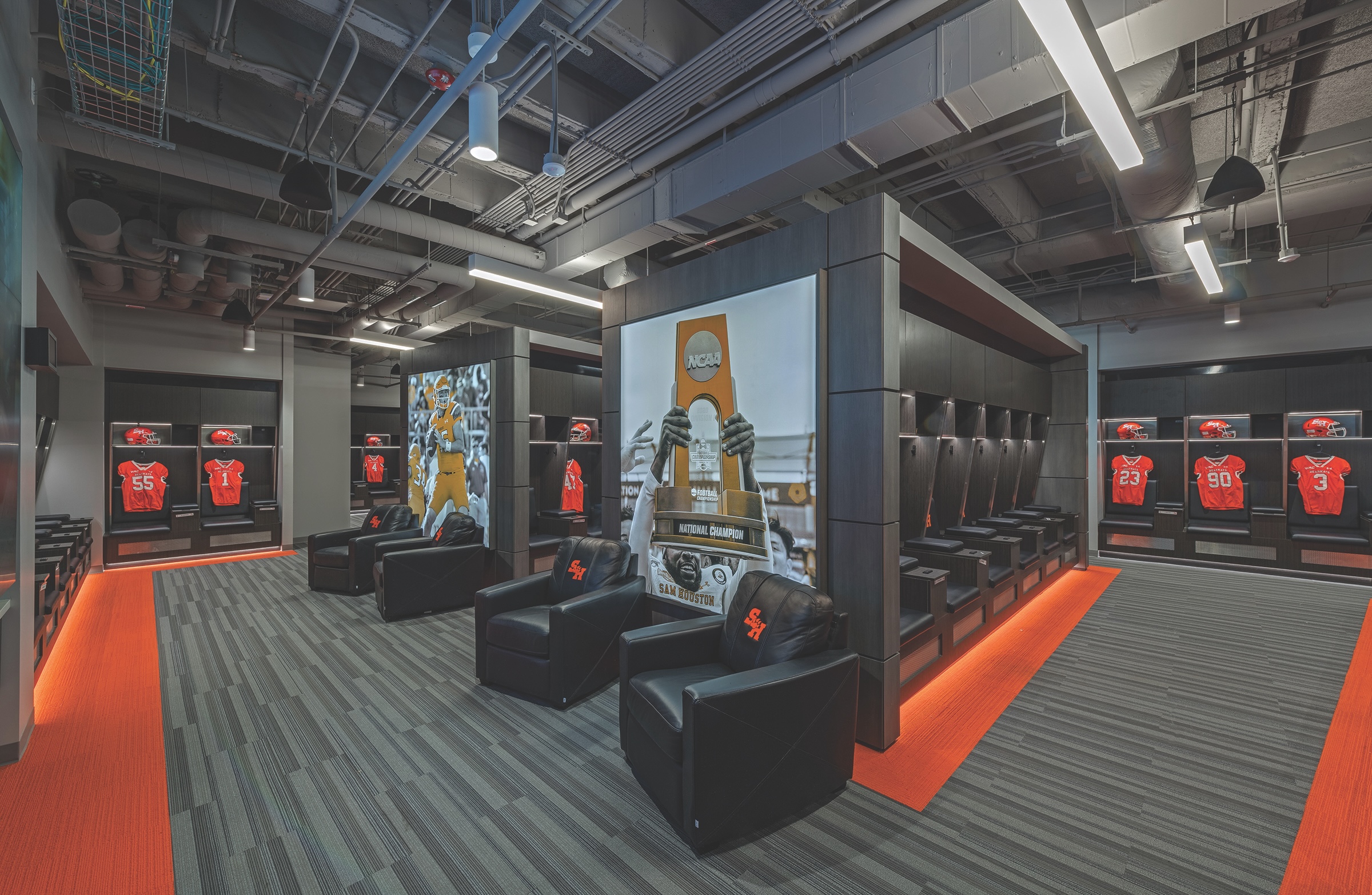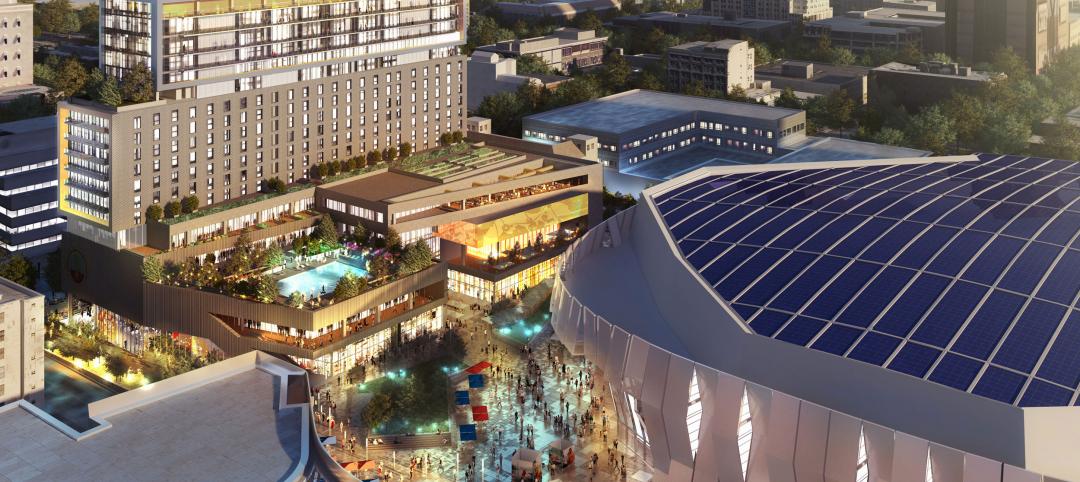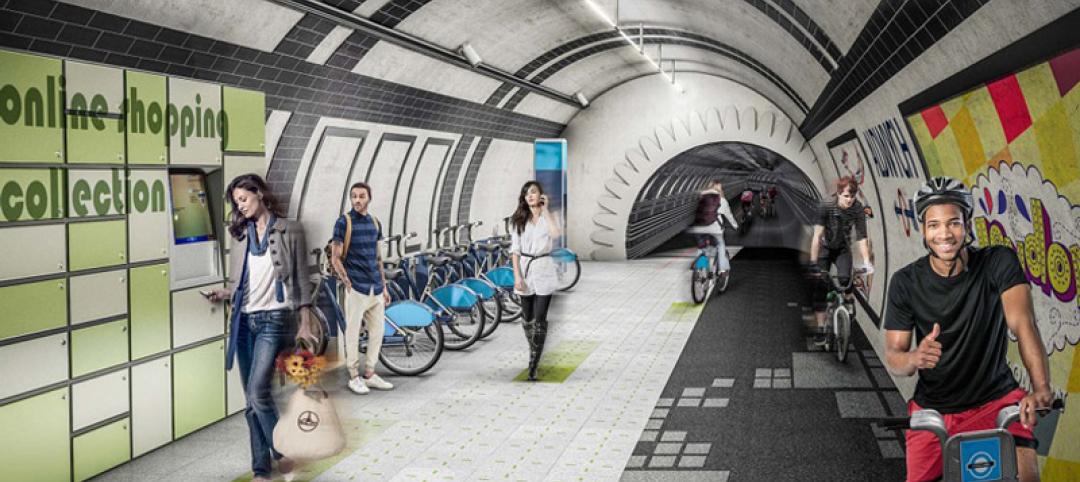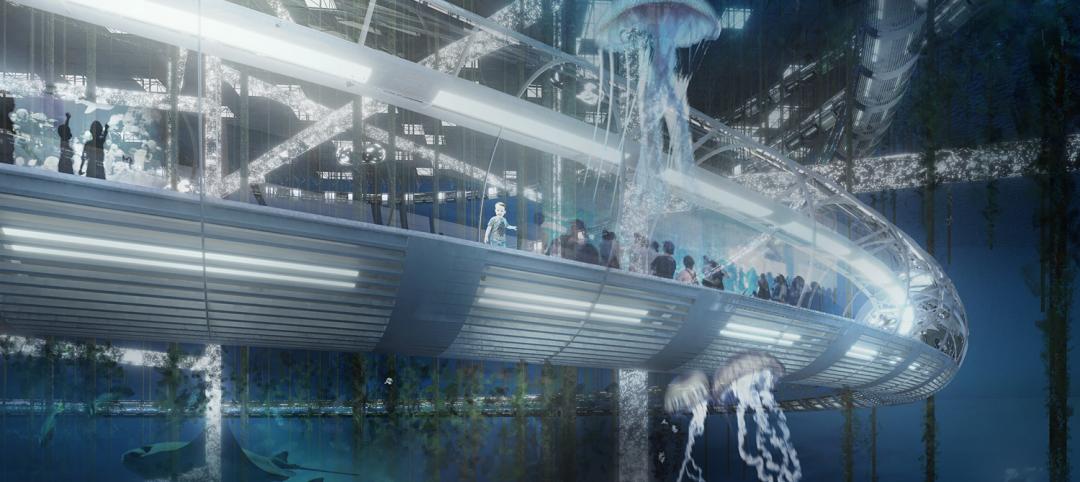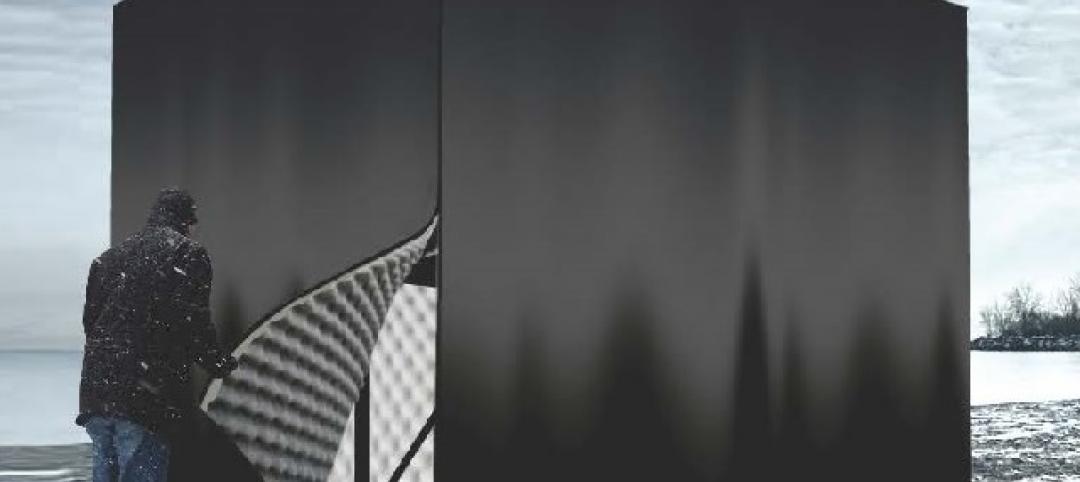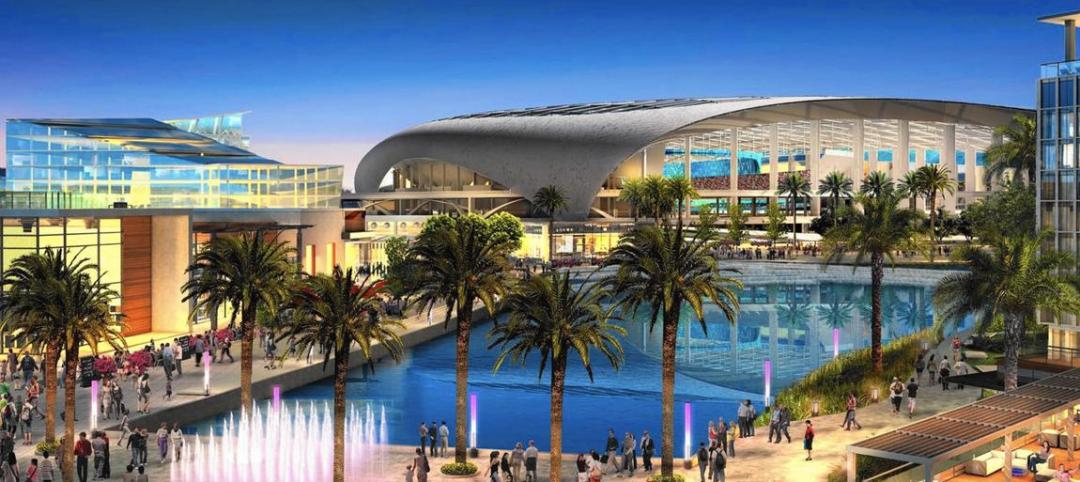Since July 1, 2021, student-athletes in most states have had the right to control the use of their names, images, and likenesses (NIL) for marketing and publicity purposes, and be compensated for that usage while maintaining their amateur status to continue playing for their college teams.
This change has led colleges and universities to strike NIL deals with businesses and advertisers, through which individual athletes can negotiate. Booster groups, like alumni associations, have also formed NIL Collectives that raise money from NIL agreements that is made available to students in exchange for using their persona. Sweeter deals can motivate student-athletes to transfer, which complicates teams’ recruiting and roster-building objectives.
NIL policies have raised expectations among student-athletes about the quality of sports training and performing facilities, in ways that present new design, renovation, and construction opportunities for AEC firms with sports practices.
“Schools’ facilities need to be more competitive, and find revenue-generating solutions,” says Sean Plunkett, Managing Principal with PBK Sports, a division of PRK Architects, which has pursued this avenue for higher ed business. He’s seeing more modifications to campus sports venues that create different experiences, such as pay tiers for seating, tailgating, and food and beverage.
On August 22, BD+C interviewed Plunkett and Melvin Robinson, who had recently joined PBK Sports as National Director of Sports Client Engagement. Robinson’s resume includes nearly 15 years with the University of Georgia Athletic Association, with stints as Director of Facilities and Assistant Athletic Director. They had just met with the coaches and staff of a major Big Ten state university, “where football matters,” says Plunkett.
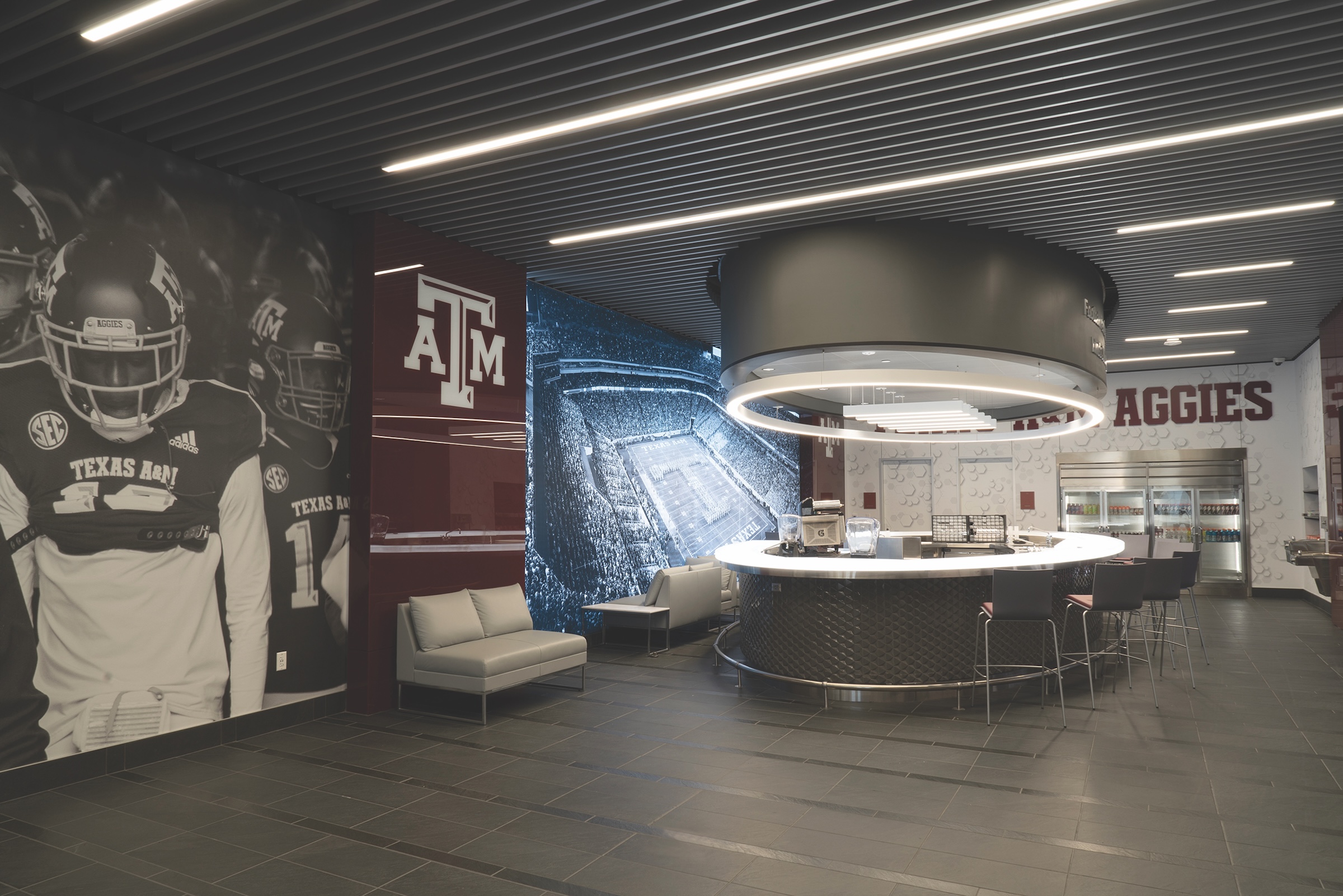
Over the past decade, Robinson has watched college sports programs engage in a recruiting arms race, with their athletic facilities as weapons. “It started in the locker room: who has the best pool, the best barber shop? It has all been about flash and pop.” During this period, and especially over the past few years, he’s seen student-athletes evolve into “entrepreneurs,” which can add another layer of stress. College sports programming now includes health, wellness, and financial services to help their athletes handle the pressure.
Student-athletes, he says, have come to expect training facilities to resemble mini versions of ESPN. “You need digital spaces, technology, studios. Hollywood meets higher ed,” Robinson quips. And because college sports, especially football and basketball, are ubiquitous on TV and online platforms, their facilities often define the school’s image for student-athletes and their parents.
“The facilities are a big part of recruiting, enticing, and retaining athletes,” says Robinson.
The cost of new construction or renovation usually isn’t an impediment, says Plunkett, who notes that financing typically comes from ticket sales, donors, and vendors. To help its clients fill gaps in financing, PBK suggests things like seating values, and offering diverse fan experiences both inside and outside the stadium or arena.
Robinson observes that professional sports teams are generally more attentive to the comfort and convenience of their fans, whereas colleges are all about the players. However, pros’ training facilities are catching up. “NIL is leveling the playing field,“ says Robinson.
Related Stories
Mixed-Use | Feb 13, 2015
First Look: Sacramento Planning Commission approves mixed-use tower by the new Kings arena
The project, named Downtown Plaza Tower, will have 16 stories and will include a public lobby, retail and office space, 250 hotel rooms, and residences at the top of the tower.
Codes and Standards | Feb 12, 2015
New Appraisal Institute form aids in analysis of green commercial building features
The Institute’s Commercial Green and Energy Efficient Addendum offers a communication tool that lenders can use as part of the scope of work.
Transit Facilities | Feb 12, 2015
Gensler proposes network of cycle highways in London’s unused underground
Unused tube lines would host pedestrian paths, cycle routes, cultural spaces, and retail outlets.
Cultural Facilities | Feb 6, 2015
Under the sea: Manmade island functions as artificial reef
The proposed island would allow visitors to view the enormous faux-reef and its accompanying marine life from the water’s surface to its depths, functioning as an educational center and marine life reserve.
Sports and Recreational Facilities | Feb 4, 2015
Arup unveils plans for the new A.C. Milan stadium
The venue will include a modern stage for the home matches together with a hotel, sports college, restaurants, children’s playground, green areas, and spaces open to the city and dedicated to public use.
| Jan 16, 2015
Artsy lifeguard stations will brighten Toronto’s snowy beach
Five winning designs have been unveiled for lifeguard stands that will double as public space art installations on Toronto's beach.
| Jan 15, 2015
Libeskind unveils 'zig zag' plan for recreational center near Vilnius ski area
Perched on the highest peak between Vilnius' historic quarter and downtown, the Vilnius Beacon will be a hub for visiting skiers and outdoor enthusiasts.
| Jan 7, 2015
4 audacious projects that could transform Houston
Converting the Astrodome to an urban farm and public park is one of the proposals on the table in Houston, according to news site Houston CultureMap.
| Jan 5, 2015
Another billionaire sports club owner plans to build a football stadium in Los Angeles
Kroenke Group is the latest in a series of high-profile investors that want to bring back pro football to the City of Lights.
| Jan 5, 2015
Beyond training: How locker rooms are becoming more like living rooms
Despite having common elements—lockers for personal gear and high-quality sound systems—the real challenge when designing locker rooms is creating a space that reflects the attitude of the team, writes SRG Partnership's Aaron Pleskac.


